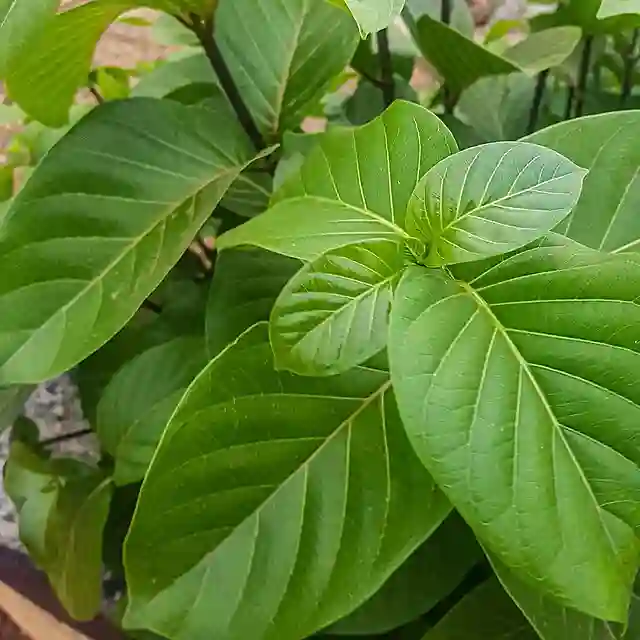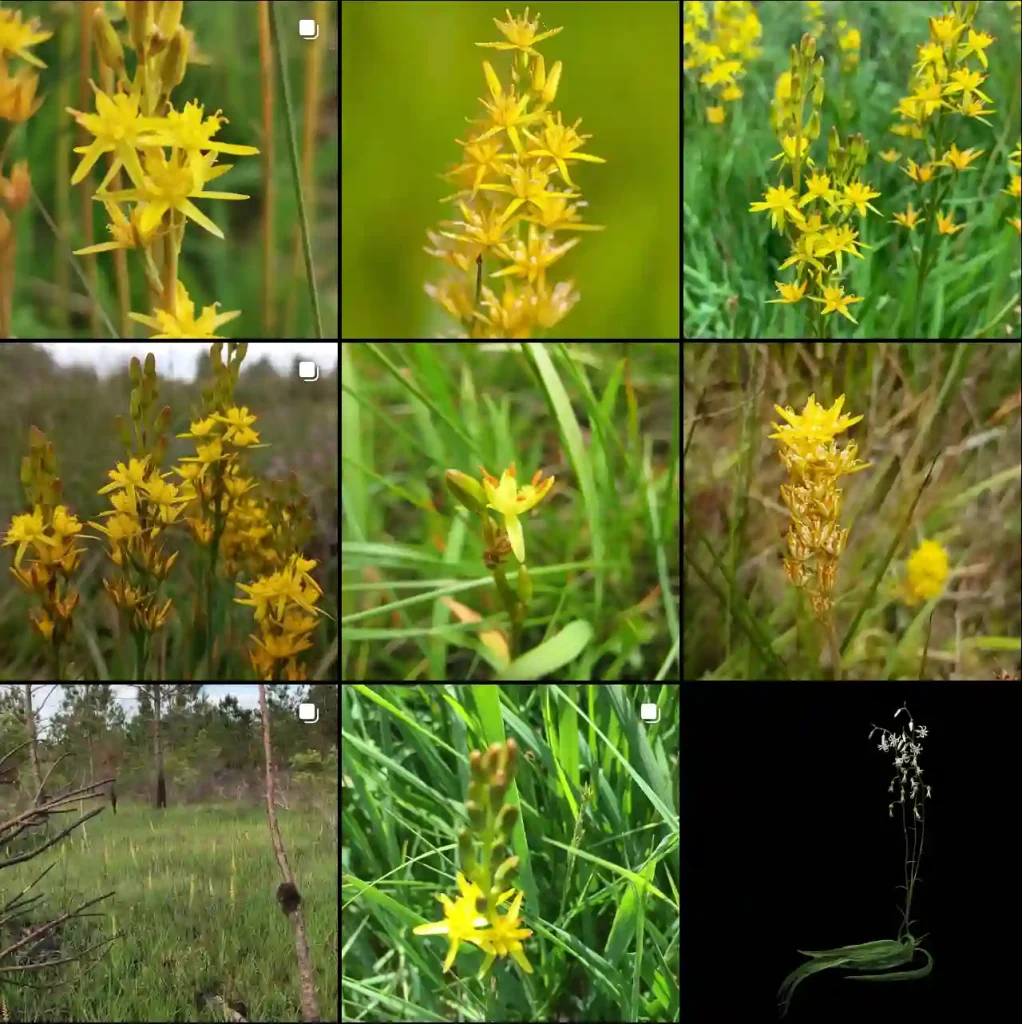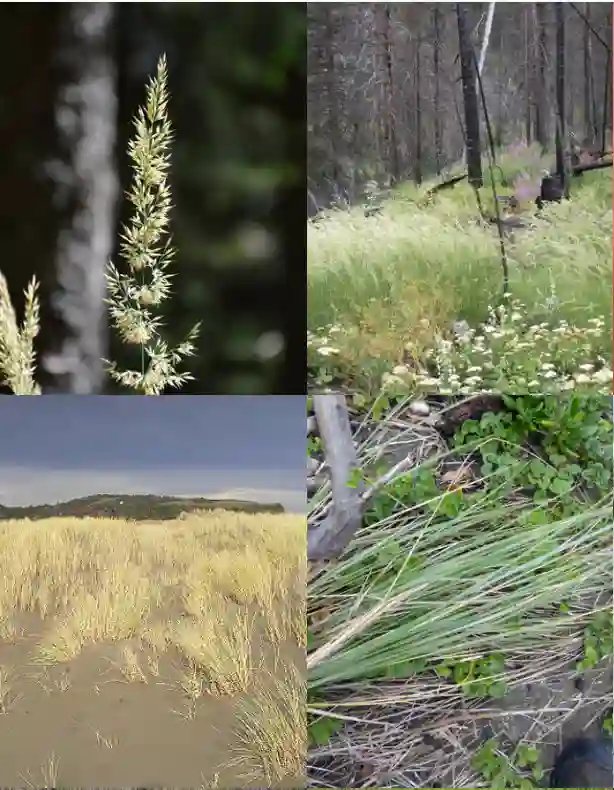
FAQs About Campsis Grandiflora
As a plant enthusiast, I’ve always been captivated by the beauty and vigor of flowering vines. One of my favorites is the Campsis Grandiflora, also known as the Chinese Trumpet Vine. Its large, vibrant trumpet-shaped flowers and lush green foliage make it a standout in any garden. Over time, I’ve encountered many questions about this stunning vine, so I’ve put together this FAQ to cover some of the most common inquiries.
3 Species in Genus Campsis
What Is Campsis Grandiflora?
Campsis Grandiflora is a deciduous vine known for its spectacular blooms. Native to East Asia, it’s also commonly called the Chinese Trumpet Vine. This plant is a vigorous climber that can reach heights of up to 30 feet when given adequate support. The trumpet-shaped flowers, which bloom in shades of orange and red, are a real attraction for hummingbirds and other pollinators.
How to Care for Campsis Grandiflora?
Caring for Campsis Grandiflora is relatively straightforward. This vine thrives in full sun but can tolerate partial shade. It prefers well-drained soil but is adaptable to different soil types, provided they aren’t waterlogged. Regular watering is essential, especially during dry spells, but be careful not to overwater. Pruning is another important aspect of care. Prune in late winter or early spring to control its size and shape and to encourage more blooms.
How to Propagate Campsis Grandiflora?
Propagating Campsis Grandiflora is easy and can be done through seeds, cuttings, or layering. I find that taking semi-hardwood cuttings in summer is the most effective method. Simply cut a healthy stem, remove the lower leaves, and place it in a pot with moist soil. Keep the cutting in a warm, shaded area until roots develop, usually in a few weeks.
Can You Grow Campsis Grandiflora Indoors?
While Campsis Grandiflora is generally grown outdoors, it’s possible to grow it indoors if you have the right conditions. This vine needs plenty of sunlight, so place it in a bright spot, like near a south-facing window. Make sure to provide a trellis or some form of support for the vine to climb. Indoor humidity levels should be relatively high, so consider using a humidifier or placing the plant on a humidity tray.
Is Campsis Grandiflora Toxic?
Campsis Grandiflora contains compounds that can cause skin irritation, so it’s best to wear gloves when handling it. The plant is not known to be highly toxic if ingested, but it’s wise to keep it out of reach of pets and children to avoid any potential issues.
What Are the Benefits of Growing Campsis Grandiflora?
There are several benefits to growing Campsis Grandiflora. Firstly, its stunning flowers add vibrant color and visual appeal to any garden. The vine also attracts pollinators like hummingbirds and bees, which can benefit the overall health of your garden ecosystem. Additionally, Campsis Grandiflora can be used to cover unsightly structures, providing a natural and attractive screen.
Common Problems with Campsis Grandiflora
Like any plant, Campsis Grandiflora can encounter problems. One common issue is aphids, which can be managed with insecticidal soap or neem oil. Another problem is root rot, often caused by overwatering or poor drainage. Ensure the soil is well-drained and avoid watering too frequently to prevent this issue. Lastly, powdery mildew can occur in humid conditions but can be controlled with fungicidal sprays.
Campsis Grandiflora vs Campsis Radicans
Many people often confuse Campsis Grandiflora with Campsis Radicans, also known as the American Trumpet Vine. While both plants share similarities, there are distinct differences. Campsis Grandiflora has larger, more showy flowers and smoother, glossier leaves. It’s also less aggressive in its growth habit compared to Campsis Radicans, making it a better choice for smaller gardens or more controlled environments. Campsis Radicans, on the other hand, is more cold-hardy and can tolerate harsher climates, which might be a deciding factor depending on where you live.
What to Plant with Campsis Grandiflora?
Pairing Campsis Grandiflora with complementary plants can enhance its visual impact. Consider planting it alongside other climbers like Clematis, which can add contrasting colors and shapes to your garden. Ground cover plants such as Hostas or Heucheras work well beneath the vine, providing a lush, green backdrop that highlights the vibrant trumpet flowers.
Conclusion
Campsis Grandiflora is a stunning addition to any garden, offering beautiful blooms and a touch of elegance. Whether you’re looking to attract pollinators, cover an unsightly fence, or simply enjoy its vibrant flowers, this vine is a great choice. With the right care, Campsis Grandiflora can thrive and become a highlight of your garden.
If i die, water my plants!



